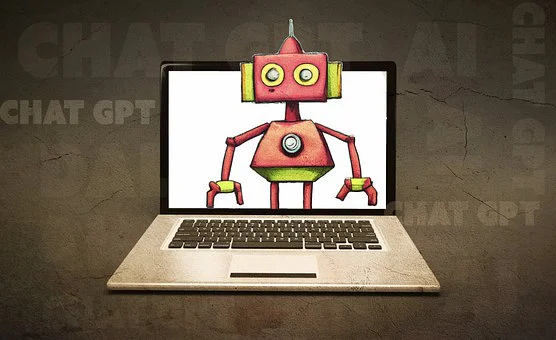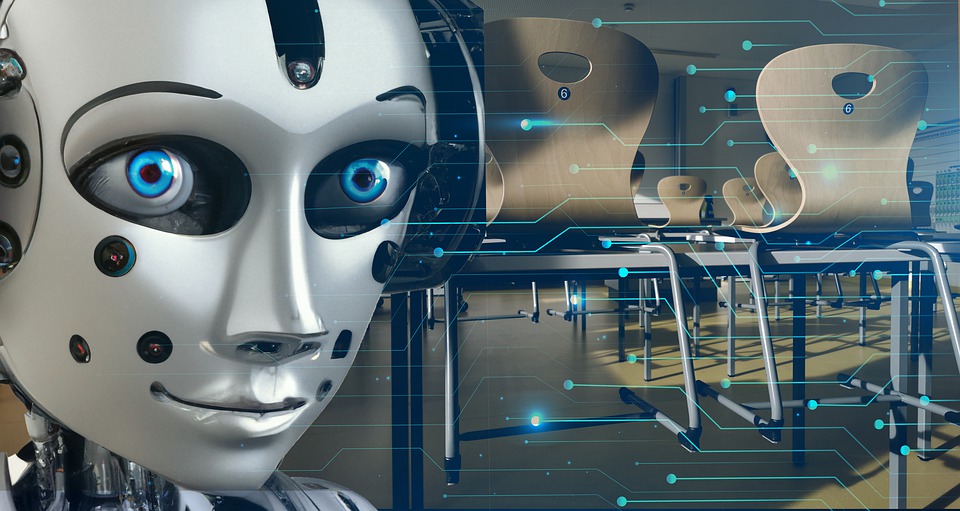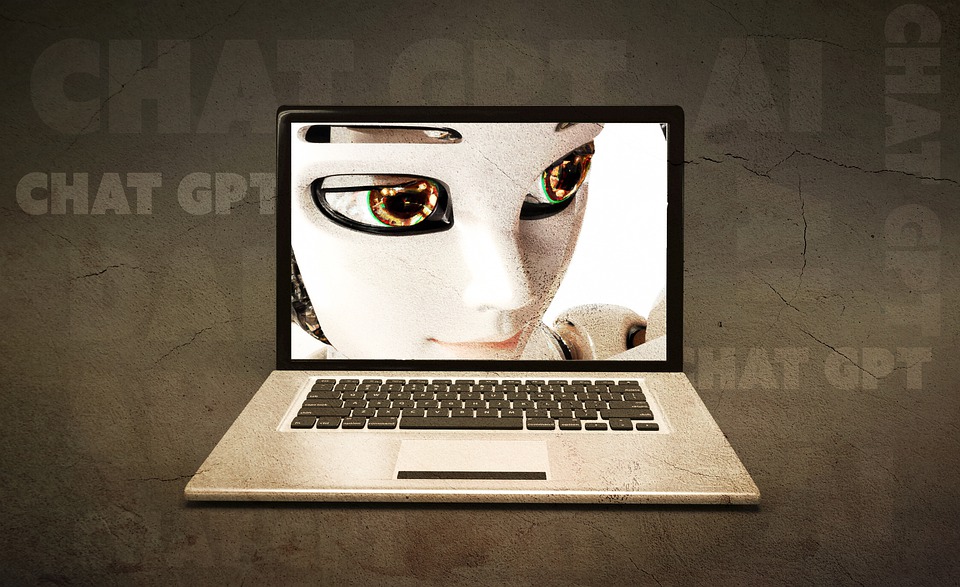What is ChatGPT
ChatGPT is a large language model developed by OpenAI. It is masterful with a dataset of conversational text and can generate human-like responses to a wide variety of prompts. It possesses superpowers to perform a variety of natural language processing tasks. For instance, language translation, question answering, and text summarization.
Why ChatGPT?
ChatGPT generates human-like text responses in a conversational context. This enables it to understand the context and intent of a given prompt. It helps generate a relevant and natural-sounding response. This can be useful for a variety of applications, such as chatbots, virtual assistants, and language translation. Additionally, it assists in the application of other natural language processing tasks, such as text summarization and question answering. The goal is to improve the interactions between humans and machines, by making them more natural and intuitive.
Yes, ChatGPT is software that uses GPT (Generative Pre-trained Transformer) technology to generate human-like text. It is up to snuff on a large corpus of text data and can understand and respond to natural language input. It is for a variety of applications, such as chatbots, language translation, and text summarization.

Design
ChatGPT is developed by OpenAI, an artificial intelligence research laboratory consisting of the for-profit OpenAI LP. Moreover, its parent company, the non-profit OpenAI Inc. The organization was founded by Elon Musk, Sam Altman, Greg Brockman, Ilya Sutskever, and Wojciech Zaremba in December 2015. The GPT (Generative Pre-Trained Transformer) model that forms the basis for ChatGPT was developed by a team of researchers at OpenAI led by Alec Radford, Jeff Wu, and David Luan.
What ChatGPT can do?
ChatGPT is a powerful natural language processing (NLP) model. Some of the things that the software can do include:
- Text generation: ChatGPT can generate human-like text based on a given prompt. This aids in the application of tasks such as writing essays, composing poetry, and creating chatbot responses.
- Text completion: ChatGPT can complete a given text fragment, like a sentence, a question, or a dialogue, with a coherent and coherent continuation.
- Language Translation: ChatGPT helps to translate text from one language to another.
- Text Summarization: ChatGPT can summarize long pieces of text into shorter, more concise versions.
- Text classification: ChatGPT can classify text data into different categories. To illustrate, sentiment analysis, topic classification, or intent recognition.
- Text generation for creative content: ChatGPT can generate creative content like music, video scripts, and more.
ChatGPT can perform a wide range of natural language processing tasks. Furthermore, it continues to improve as it is up to snuff with more data and fine-tuned for specific tasks.

What are the disadvantages of ChatGPT?
ChatGPT, like any other language model, has some disadvantages. Here are a few:
- Lack of commonsense knowledge: ChatGPT is rose on statistical patterns in the data it is good enough, and it lacks understanding of the context like humans do. This can lead to nonsensical or irrelevant responses to certain inputs.
- Bias: ChatGPT, as well as other language models, can be biased towards certain groups of people or certain perspectives if the data up to snuff is biased.
- Lack of originality: It generates text concerning the patterns it has learned from the data, it is up to snuff, which means that the text it generates may not be entirely original.
- Large computational resources: The software is a very large model, and it requires a lot of computational resources to run. This can make it difficult to use in some settings or for some users.
- Ethical concerns: With the ability to generate human-like text, there are concerns about the potential misuse of the model for malicious purposes, such as creating deep fake or impersonating someone else online
- Overall, it is a powerful tool for a wide range of natural language processing tasks, but it is important to be aware of its limitations and potential biases. It’s also important to use it responsibly and in compliance with ethical guidelines.

What is the future?
The future of ChatGPT is likely to advance in natural language processing (NLP) and machine learning more generally. Here are a few potential developments:
- More powerful models: As computational resources continue to increase, we will likely see even more powerful languages that can chat can understand, and generate text with even greater accuracy and fluency.
- Improved ability to understand the context: Researchers are working on developing techniques to help language models like ChatGPT understand the context as the reason more like humans do. This could lead to more natural and relevant responses from the model.
- More specialized models: Language models like ChatGPT helps in the performance of specific tasks and domains, such as healthcare or finance, to improve their performance.
- More ethical and responsible use: With increasing concerns about the potential misuse of language we will likely see more research and development focused on using these ethically and responsibly ways.
- More interactive and multisensory AI: ChatGPT acts as a building block for AI assistants, virtual agents, and robots, which can interact with humans in more natural ways. These AI will be able to see, hear, talk and process multiple senses to provide more natural interactions.
The future of ChatGPT and other language models looks promising, with the potential to improve the way we interact with technology and each other. However, it’s important to continue to consider the ethical implications of these models and to use them responsibly.
Vibrant Vaishnavi
